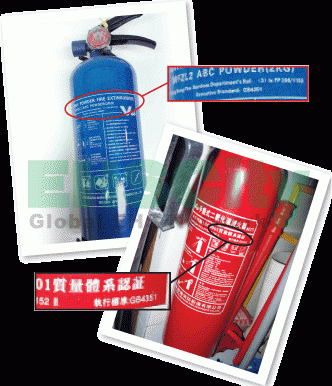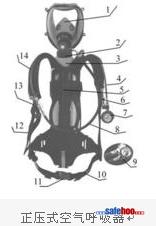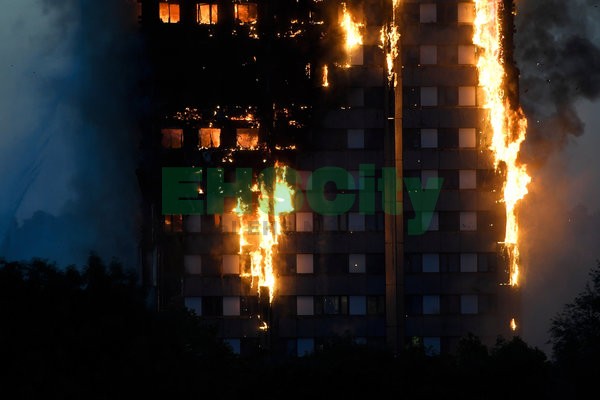
伦敦西部一座24层的住宅楼今日发生火灾,现场至少出动了40台消防车、200名消防员参与救援。至少已有12人遇难,78人送医救治。
周三凌晨,一场大火吞噬了西伦敦一栋24层的公寓大楼,夺走了至少17条人命,超过70人受伤。这场大火造成的影响仍在调查中。
火是怎么烧起来的?
零点54分传出首次火警,地点在北肯辛顿建于1974年的格伦费尔大厦(Grenfell Tower),此处至少有400位居民,住在20层楼、120间公寓里。消防员在6分钟内做出反应。根据伦敦消防队的说法,火焰从二楼燃起,之后很快窜升至顶层。
伦敦消防局局长达尼·科顿(Dany Cotton)表示,现在推测火灾影响言之过早。早期有新闻报道称,火灾可能由电器爆炸造成的,但并未获得证实。
为何火势蔓延得这么快?
这是调查人员要处理的主要问题。通常来说,高层建筑的设计理念是在起火时把火留在燃起的那一层,在当代建筑中,报警系统和喷头是基础配备。
格伦费尔大厦最近加上了外部的铝包层。建筑公司Probyn-Miers的总经理克里斯托弗·米尔斯(Christopher Miers)表示:“可能原因是,外墙系统中的有些区域的作用需要考虑进去。”
在这种情况下,包层是否发挥作用尚不清楚,但在过去事件中,夹在某种绝缘层上的铝板构成的包层被视为起火的因素,包括发生在迪拜的三场大高层楼火灾就是如此。
该建筑的拥有者是谁?
格伦费尔大厦属于肯辛顿 - 切尔西区,该处是伦敦金融区城市的32个行政区之一。住户日常管理则外包给肯辛顿和切尔西租户管理组织(Kensington and Chelsea Tenant Management Organization)。
2016年5月,建筑物进行了一项1280万美元的翻新,包括包层、加上双层玻璃窗和公共供暖系统。
大楼是否符合现行标准?
去年,格伦费尔大厦的管理公司才修复了消防安全系统,并认为它是其许多物业的典范。在去年的董事会会议记录中,该公司称将对“所有重大工程项目”采同样做法。
安全协议内容是什么?它有被遵守吗?
消防行动协议说,在建筑中其他部分发生火灾时,居民应该留在原地,保持门窗关闭。此程序在英国这样的大楼并不罕见。
2014年的一份居民通讯捍卫了这一协议,理由是该建筑物的设计符合“严格的消防安全标准”。其中表示,公寓最近装有可以“忍受长达30分钟的火灾,给消防队足够的时间抵达”的大门。
七楼居民保罗·穆纳克尔(Paul Munakr)告诉英国广播公司,建筑物的没有警报设施,导致人们不清楚一开始是否有火灾。
但是,工程师金先生说,在他三十年的职业生涯中,从来没有听说高层建筑的居民被告知要留下来。
安全问题曾引发重视吗?
居民组织格伦费尔行动组(Grenfell Action Group)表示,它在过去多年间就对建筑管理部门发出警告。
去年十一月份的一篇帖子中,行动小组表示,该公司管理的另一栋楼发生火灾,且发现电力激增是由于2013年格伦费尔大厦接线错误造成的,居民却没有收到“正确的安全指示”。该团体预估需要一次“灾难性事件”才能刺激管理公司采取行动。
管理人员如何回应?
管理公司拒绝就安全问题发表评论,其首席执行官罗伯特·布莱克(Robert Black)在其网站上发表声明,称这是场“毁灭性”的火灾,并对这场大火造成的伤亡表示心碎。
在一项声明中,去年承包翻新格伦费尔大厦工程的莱登集团(Rydon Group)表示,其工作“符合所有建筑控制规范、消防法规和健康与安全标准”。
该公司补充:“我们将与有关部门和紧急服务部门合作,在适当时机全力支持这起事故的调查。”
制造该大楼包层的哈利门面有限公司(Harley Facades Limited)并未立即置评。
LonDON — A fire tore through a 24-story West London apartment building early Wednesday, killing at least 17 people and injuring more than 70. The cause is still under investigation.
How did the fire start?
The fire was first reported at 12:54 a.m. The site was Grenfell Tower in North Kensington, built in 1974, which housed at least 400 people in 120 apartments across 20 residential floors. Firefighters responded within six minutes. The blaze began on the fourth floor and spread to the top with a velocity and intensity that stunned the 250 firefighters who responded. Pockets of fire were still blazing on Thursday morning, more than 24 hours after the fire broke out.
Commissioner Dany Cotton of the London Fire Brigade said it was too early to speculate on the cause. Early news reports said that the fire may have been caused by the explosion of an electrical appliance, but nothing has been /confirm/ied. The police have ruled out terrorism.
How did it spread so quickly?
That is a major question for investigators. Usually, high-rise buildings are designed to contain a fire in its unit of origin, and in contemporary buildings, alarm systems and sprinklers are the norm.
Grenfell Tower was recently fitted with exterior aluminum cladding.
Such cladding, which often consists of aluminum sheets sandwiched over some kind of insulation, has been seen as a factor in past blazes, including three major high-rise fires in Dubai.
The United States and Britain have relatively tough regulations on the potential flammability of internal material used in cladding, but other factors — such as how panels are made and installed — could come into play.
Christopher Miers, the managing director of Probyn-Miers, a forensic architecture firm that examines buildings that are defective or fire damaged, said the panels “are safe to use, but they need to be properly used and they need to be well constructed and the building needs to be well managed.”
Matthew Needham-Laing, an architect and engineering lawyer who specializes in building defects, said the dark smoke that engulfed the building was a telltale sign of burning cladding material.
“It looks to me — and certainly a lot of people are saying the same thing — it looks to me like a cladding fire,” he said.The material in the cladding, he said, is “flame retardant, so it doesn’t catch fire as easily, but the temperatures you’re talking about are often 900, 1,000 degrees centigrade, and in those conditions, any material will generally burn, and they do, and the thick black smoke was sure to be from that insulation.”
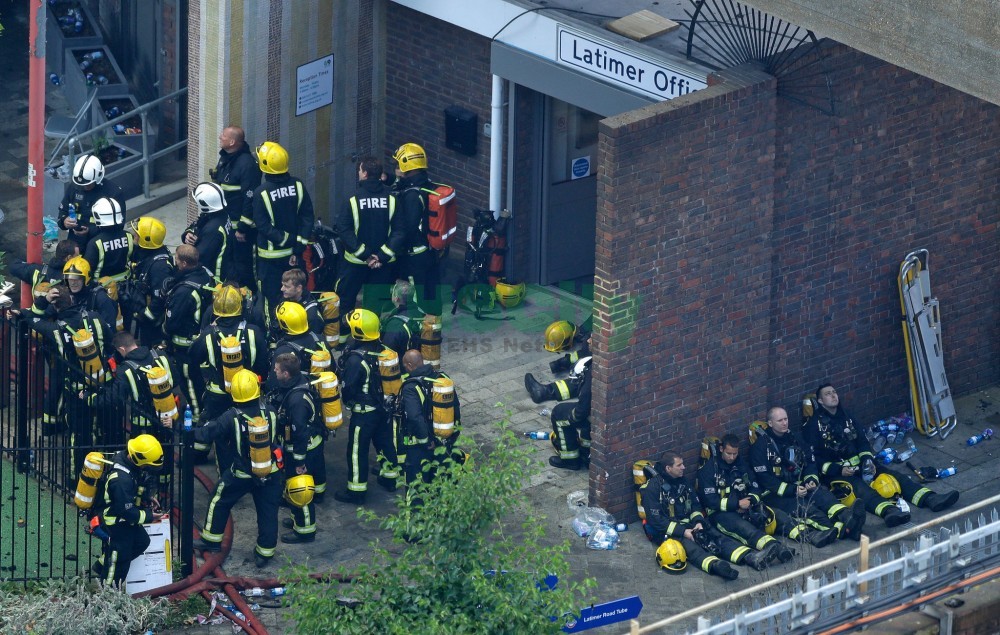
Who owns the building?
Grenfell Tower is owned by the Royal Borough of Kensington and Chelsea, one of 32 boroughs that make up Greater London, along with the City, London’s financial district. Day-to-day management is contracted out to the Kensington and Chelsea Tenant Management Organization.
In May 2016, the building underwent a $12.8 million renovation, including the cladding, double-glazed windows and a communal heating system.
Nicholas Paget-Brown, the council’s leader, told the BBC that whether the refurbishment was done appropriately “will need to be the subject of a separate investigation.”
“We need a thorough inquiry into why this fire started, why it spread so quickly, and whether there was anything in place to slow down its progress,” he added.
He said his immediate concern was finding housing for displaced residents.
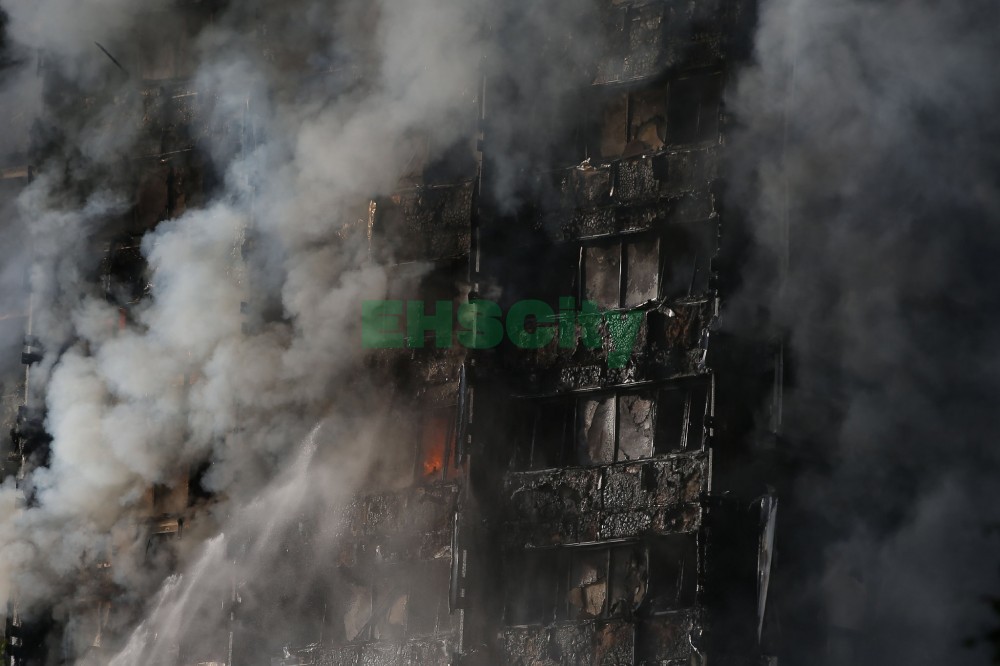
Flames and smoke engulfing Grenfell Tower.
Did the building meet current standards?
After six people died and more than 20 were injured in a 2009 fire in Lakanal House, a tower block in Camberwell, in the southeast of London, a parliamentary group called for a review of fire safety rules, and an inquest advised the government to urge that sprinklers be installed in high-rise buildings.
The review has been dragging. Gavin Barwell, a housing minister until he lost his seat in the general election last week and was then appointed Prime Minister Theresa May’s chief of staff, has come under criticism for the delay.
Grenfell Tower’s management company carried out an overhaul of the fire safety system only last year, considering it a model for its many properties. In board meeting minutes last year, it said it would use the same approach on “all major works projects.”
The overhaul came after years of complaints by tenants, and after a deficiency notice was issued by the London Fire Brigade last year relating to another building.
What was the safety protocol, and was it followed?
The fire action protocol said that residents who were safely inside their apartments when there was a fire elsewhere should stay put, keeping doors and windows closed. The procedure is not uncommon for such towers in Britain.
A 2014 residents’ newsletter defended this policy on the grounds that the building had been designed to meet “rigorous fire safety standards.” It said apartments had recently been fitted with front doors that could “withstand a fire for up to 30 minutes, which gives plenty of time for the fire brigade to arrive.”
Paul Munakr, a seventh-floor resident, told the BBC that alarms in the building had not gone off, leading to initial confusion as to whether there was a fire.
But David King, a building engineer, said that in his three-decade career, he had never heard of residents in high-rise buildings being told to stay put.
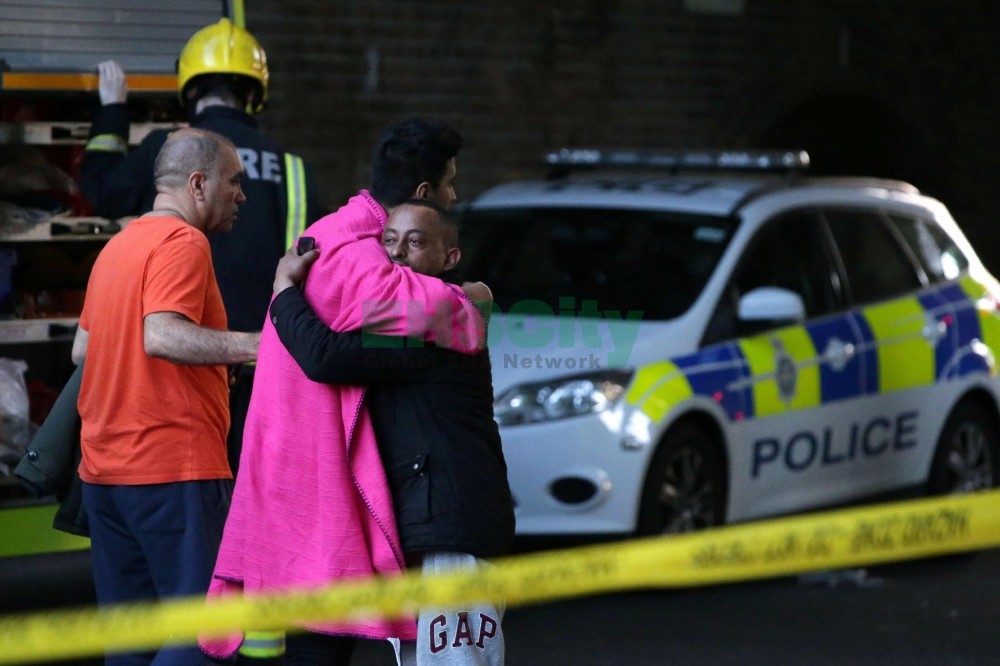
Had safety issues been raised?
The Grenfell Action Group, a residents’ group, said it had raised alarms for years about the management of the building.
In a post last November, the action group said that, despite a fire at another tower managed by the company, and power surges found to have been caused by faulty wiring at Grenfell Tower in 2013, residents had received no “proper safety instructions.” The group predicted that it would take a “catastrophic event” to spur the management company to action.
The group said the management company had responded to the concerns by posting fire safety instructions — including the “stay put” policy — at the building entrance and outside elevators on every floor.
A fire risk assessment for the tower conducted in November 2012, and cited by the Grenfell Action Group, said that fire extinguishers in the basement boiler room, the elevator monitor room and the ground floor electrical room were out of date. “Some located in the roof level areas had ‘condemned’ written on them in large black writing with a last test date of 2009 or 2010,” the report said. It was not clear if the extinguishers had since been updated.
How has management responded?
The management company declined to comment on safety concerns, and referred reporters to a statement on its website by its chief executive, Robert Black, calling the fire “devastating” and expressing heartbreak at the reports of injury and loss of life.
In a statement, the Rydon Group, the contractor that refurbished Grenfell Tower last year, said its work “met all required building control, fire regulation and health and safety standards.”
“We will cooperate with the relevant authorities and emergency services and fully support their enquiries into the causes of this fire at the appropriate time,” the company added.
Harley Facades Limited, which made the cladding, has not responded to requests for comment.

